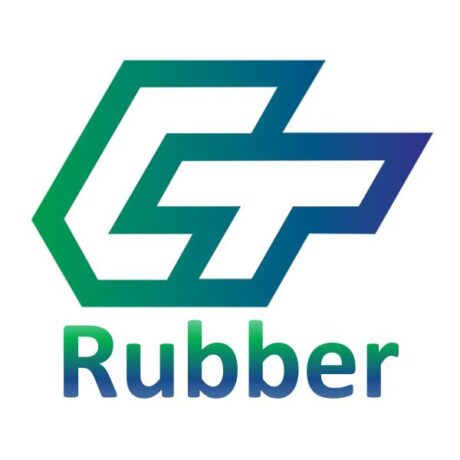If you’ve ever used silicone bakeware, you know that it can be a bit finicky. Sometimes it sticks to the pan, sometimes it doesn’t. So what’s the deal? Why does my silicone bakeware stick? Let’s take a closer look.
As anyone who has ever used silicone bakeware knows, getting the perfect result can be a bit of a guessing game. Will it stick this time or not? If you’re frustrate with your silicone bakeware sticking, read on for some tips on how to avoid this common issue. Silicone is inherently non-stick, so there are a few things that can cause sticking: dirty surfaces, incorrect cooking temperature, and using too much or too little oil/fat. Keep these things in mind and your silicone bakeware will serve you well!
Check the temperature – if it’s too hot, your silicone bakeware will stick
When using silicone bakeware, the temperature of your oven can make the difference between success and disaster! If it’s too hot you will find that whatever you are baking is going to stick to the pan, making it unappetizing and difficult to clean. High heat will cause silicone baked goods to burn faster, so it’s important to check your recipe instructions and ensure that your oven setting is at or below the recommended temperature. Taking an extra precaution such as measuring the temperature with an oven thermometer can help ensure that your silicone dishes turn out perfectly every time.
Make sure you’re using a non-stick cooking spray or oil to coat the pan
No one likes to cook meals that easily stick to the pan and become a hassle to clean. To prevent this and make cooking a pleasant experience, it is important to start by using non-stick cooking spray or oil. This will ensure that all your ingredients do not get stuck in the pan. Not only does this produce better-cooked meals but also saves time, energy and frustration when it comes to dealing with food scraps after cooking meals. If you are making an omelet or frying some eggs, it is essential to use a non-stick surface which will help in turning the dish into a perfect work of art. So, the next time you’re in the kitchen, remember that utilizing all the right ingredients begins with giving your pan appropriate non-stick coverage!
Be patient – let your food cook all the way through before trying to remove it from the pan
Having patience while cooking can often be difficult; we all want our meals to be quick AND delicious. However, when it comes to cooking food in a pan, allowing the food enough time to cook through is essential for achieving a flavorsome result. In addition to the improved taste, taking your time with each piece can prevent it from sticking and burning – if you give each piece the time and attention required before attempting to remove it, you’ll save yourself washing up an extra pot or having over-cooked food. So remember to slow down – let your food cook properly for amazing rewards!
Use a spatula or other utensil that won’t scratch the surface of the pan
Cooking delicious meals can be a rewarding experience, but it could all be ruined by choosing the wrong utensil. Using the right equipment is essential to ensuring that your cookware lasts longer and stays in better condition. A large spatula or serving spoon is ideal for stirring, flipping, and transferring food from one pan to another without damaging the cookware’s surface. Utensils made of silicone or wood work best since they don’t generate any harmful particles when heated. Additionally, non-abrasive materials are also useful for maintaining the nonstick layer on your pans. So take a moment to decide which material will match with your cooking items before preparing a meal and you can rest assured that your meal isn’t going to cost more than expected due to repair or replacement costs.
Don’t use metal utensils on silicone bakeware – they’ll damage the surface
When baking and cooking, Silicone bakeware is incredibly convenient to use. Not only is it easy to clean and helps even distribution of heat across your food, but it also adds a vibrant pop of color to your kitchen. However, it’s important to remember that metal utensils will damage the surface of silicone bakeware. Metal scrapes and scratches the surface far more than plastic or wooden utensils, reducing the quality of your silicone pans. It’s best to always keep a selection of both plastic and wooden options with you in the kitchen when using silicone products for the best results!
If all else fails, try soaking your silicone bakeware in soapy water overnight
If you ever find yourself really stumped to get rid of baked-on residue on your silicone bakeware, know that there is one tried and true method that usually works: soaking it in soapy water overnight. This method has been used by home cooks for generations, as it’s simple and drives out almost all tough grime without harsh chemicals or scrubbing. Even the most tenacious crud will successfully give way to such a long soak in warm, sudsy water. If you’ve reached a dead end, try this reliable cleanup trick for your silicone baking dishes — you may be surprised at how much gunk comes off with just one overnight session!
These tips should help you avoid any baking disasters in the future. If you’re looking for reliable and customized silicone bakeware, contact us at info@chentiansilicone.com – we’d be happy to help you out!


